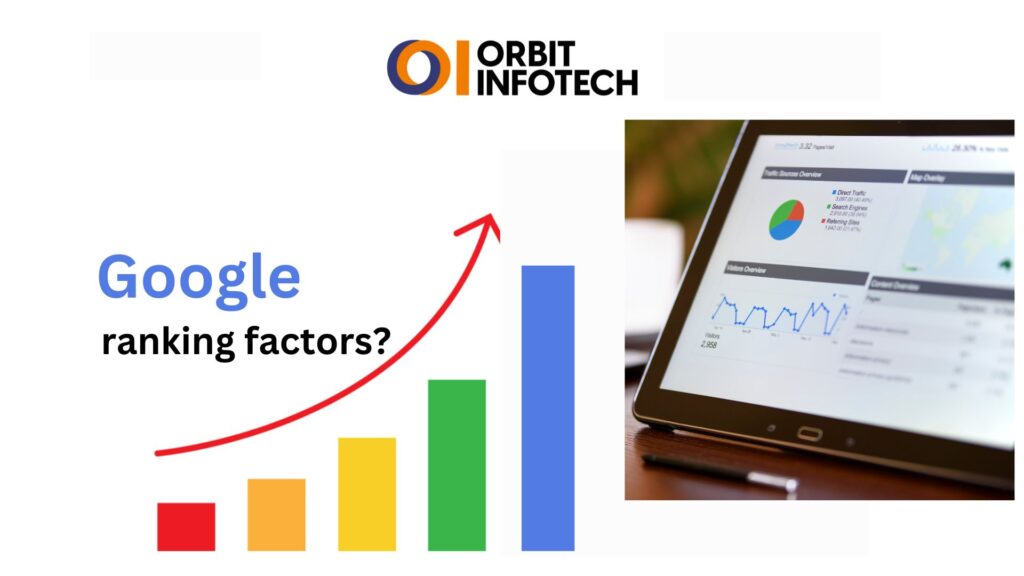Improving your website’s conversion rate is essential to transforming visitors into loyal customers and maximizing your return on investment (ROI). A high conversion rate signifies that your website or landing pages effectively drive actions, such as purchases, sign-ups, or inquiries. Let’s explore high-impact strategies that can increase your conversion rate, elevate user experience, and ultimately boost sales.
1. Optimize Your Landing Pages
Landing pages are the first touchpoint for many visitors, so optimizing them is crucial. Effective landing pages should be clear, concise, and focused on a single call-to-action (CTA). Ensure that headlines are compelling, visuals are high-quality, and the CTA is prominently displayed. Additionally, use A/B testing to identify elements that perform best, whether it’s a button color, headline, or image.
Best SEO Services Company in Atlanta for local business
2. Enhance Website Speed
Slow websites deter visitors and increase bounce rates, leading to a lower conversion rate. Google also favors fast-loading pages, so optimizing your website speed improves both search engine rankings and user experience. Consider compressing images, minimizing code, and leveraging browser caching to create a faster, more responsive website.
3. Use Clear and Persuasive CTAs
A compelling call-to-action (CTA) is a simple yet powerful way to increase conversions. CTAs should stand out visually, be action-oriented, and clearly communicate the next step. Instead of using generic CTAs like “Submit” or “Learn More,” try more engaging language like “Get Your Free Guide” or “Start My Free Trial.” Experiment with button colors, positioning, and wording to identify the most effective approach.
Top Atlanta web designers for small business
4. Leverage Social Proof and Testimonials
People are more likely to convert when they see evidence that others have had positive experiences with your business. Incorporate customer reviews, testimonials, case studies, and trust badges on your website to build credibility. Showcasing client success stories and user-generated content can help build trust and alleviate any concerns potential customers may have.
5. Personalize User Experiences
Personalization is a powerful tool in improving conversion rates. By tailoring content and product recommendations based on user behavior, location, or past interactions, you can create a more relevant experience. Personalization techniques, such as dynamic content or personalized email campaigns, keep users engaged and make them more likely to take action.
6. Create High-Quality, Targeted Content
Content marketing is a valuable strategy for attracting and engaging potential customers. By creating targeted, informative content, you can establish authority in your industry and address customer pain points. High-quality blog posts, videos, infographics, and downloadable guides not only increase engagement but also guide users through the sales funnel, eventually leading to conversions
7. Implement Exit-Intent Popups
Exit-intent popups can capture the attention of visitors who are about to leave your site, giving you one last chance to convert them. These popups can offer discounts, free resources, or a quick CTA to encourage action before they exit. Exit-intent popups, when designed well, can significantly improve conversion rates by capturing leads that might otherwise be lost.
8. Utilize Retargeting Strategies
Retargeting helps re-engage visitors who didn’t convert during their first visit. By using display ads, social media retargeting, or email campaigns, you can keep your brand top-of-mind and encourage visitors to return and complete their purchase. Retargeting is especially effective when paired with personalized messaging or special offers for returning users.
9. Offer Limited-Time Promotions and Discounts
Creating a sense of urgency with limited-time promotions can encourage users to act quickly. Adding countdown timers or limited availability messaging can motivate visitors to make a purchase instead of leaving it for later. Just be sure not to overuse urgency tactics, as they can lose effectiveness if applied too frequently.
10. Simplify Your Checkout Process
A complicated checkout process is one of the top reasons for cart abandonment. Make it as easy as possible for users to complete their purchase by reducing the number of steps, offering guest checkout options, and displaying trust symbols. Removing unnecessary form fields, integrating multiple payment options, and displaying shipping costs upfront can all help improve your checkout conversion rate.
11. Improve Mobile Experience
With the increase in mobile users, optimizing your website for mobile is essential. A mobile-friendly design ensures that users can easily navigate your site on their devices. Responsive design, easy-to-click buttons, and simplified forms improve the mobile experience, making it more likely for mobile visitors to convert.
12. Analyze Data and Continuously Optimize
To understand what’s working and what isn’t, analyze your website’s performance regularly. Use tools like Google Analytics, Hotjar, and A/B testing platforms to gather insights into user behavior. By tracking metrics such as bounce rate, session duration, and conversion rates, you can make informed decisions and continuously optimize your website for better results.
Conclusion
Boosting your conversion rate is an ongoing process that requires continuous testing, analysis, and optimization. By implementing these strategies—such as optimizing landing pages, enhancing website speed, and using persuasive CTAs—you can create a more engaging experience for users and encourage them to take action. For businesses looking to achieve sustainable growth, focusing on conversion rate optimization is a must. With the right combination of tactics, you can significantly improve your conversion rate, attract more leads, and drive higher revenue.



